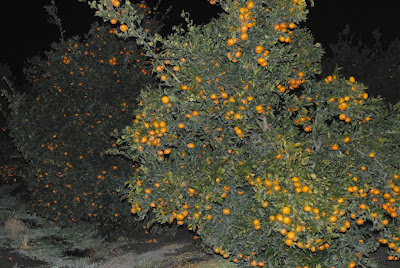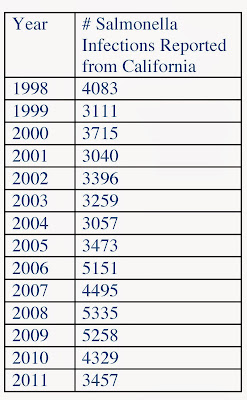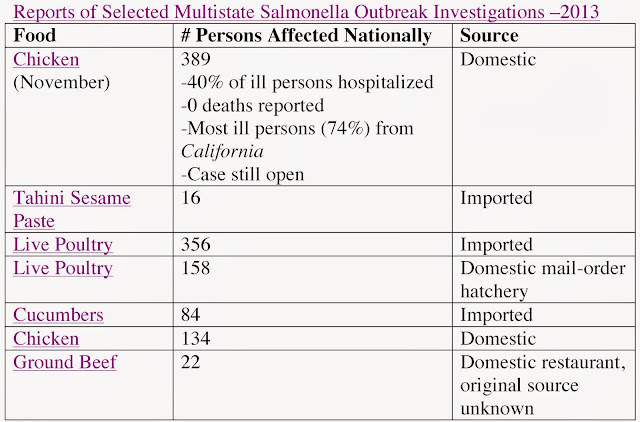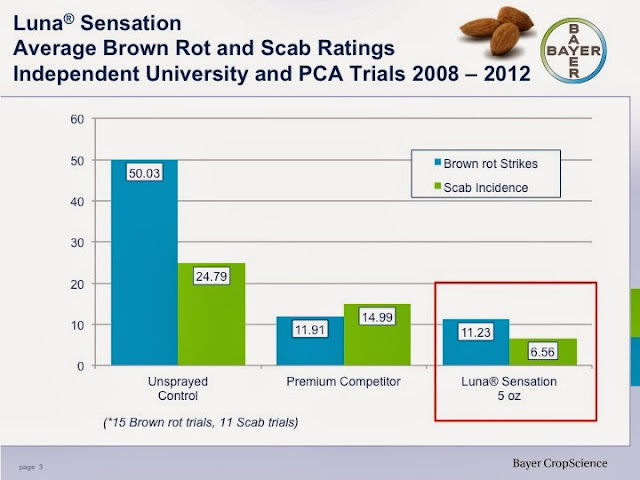CITRUS GROWERS FACE MORE RAIN AND COLD WEATHER
Citrus Damage Inspections to be Conducted this Week
California Citrus Mutual reported TODAY that citrus producers received a welcomed reprieve last night from freeze conditions after 3 consecutive nights of cold weather. A dense cloud cover elevated temperatures, steadying in most areas around the mid-30s. Although rain is much needed, tonight’s forecast calls for extremely cold temperatures, which may pose challenges for dampened fruit.
 |
|
This Mandarin Orchard was braving freezing temps late Saturday night
with wind machines churning.
|
California Citrus Mutual is a non-profit trade association of citrus growers, with approximately 2,200 members representing 70% California’s 285,000-acre, $2 billion citrus industry.















